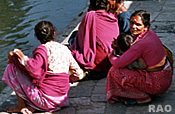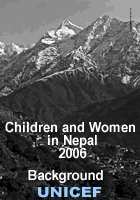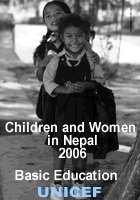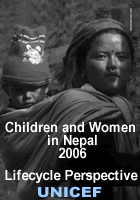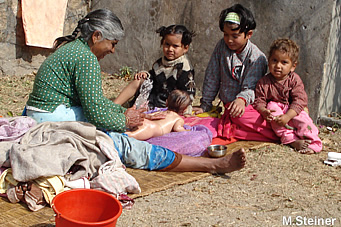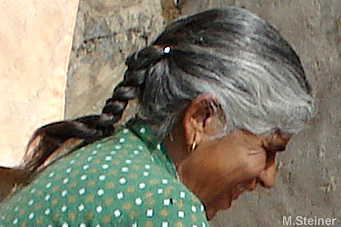| Nepal
is a country of tremendous natural diversity, stretching along the central
Himalayas. Its physical geography can be divided into five regions that
range from the southern terai plains at less than 100 m to the northern
high mountains that rise to nearly 8850 m. This enormous range of altitude
has resulted in a variety of ecological zones that have had a significant
impact on the lives of local inhabitants. In times past, the rugged and
remote landscape isolated peoples into distinct communities with their
own language and cultures. However, in recent centuries, migration has
blurred the geographic boundaries between groups to some extent. |
The
Convention on the Rights of the Child places responsibility on governments
to ensure that all children have access to primary education. Nepal is
a signatory to Education for All, and is attempting to achieve the Millennium
Development Goals. These instruments mean that Nepal is committed to 'ensuring
that by 2015, all children-particularly girls, children in difficult circumstances
and those belonging to ethnic minorities-have access to complete, free
and compulsory primary education of good quality'. |
This
section offers an alternative perspective to the sectoral and more technical
chapters that follow. It starts with the birth of a child and follows his/her
life to adulthood through the various challenges he/she may meet. While
the sectoral chapters provide more detail and analysis, this account can
be read as a concise overview of the current situation faced by children
and women in Nepal. |

